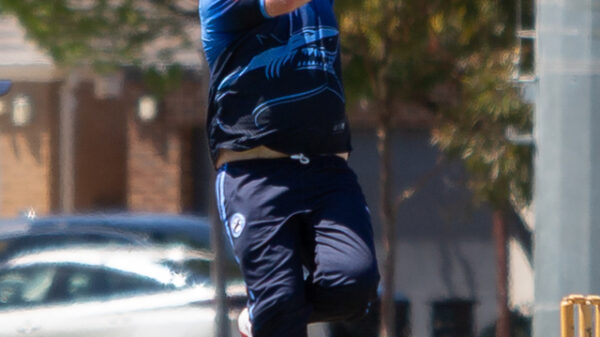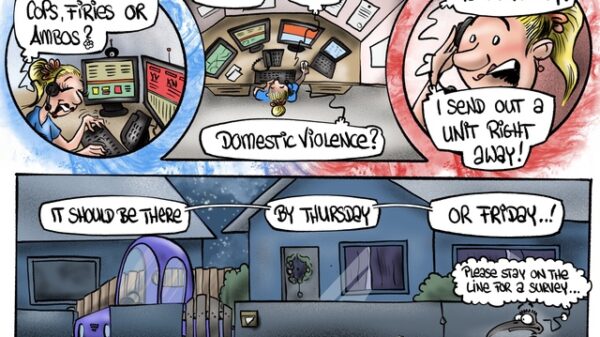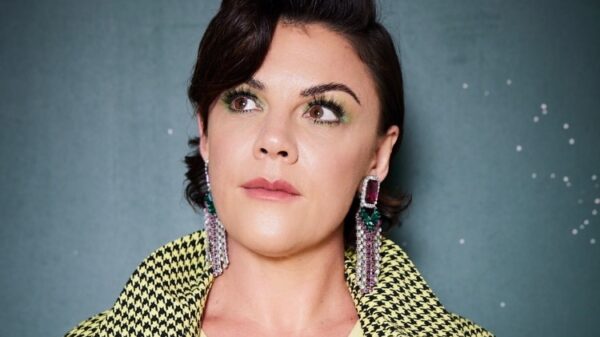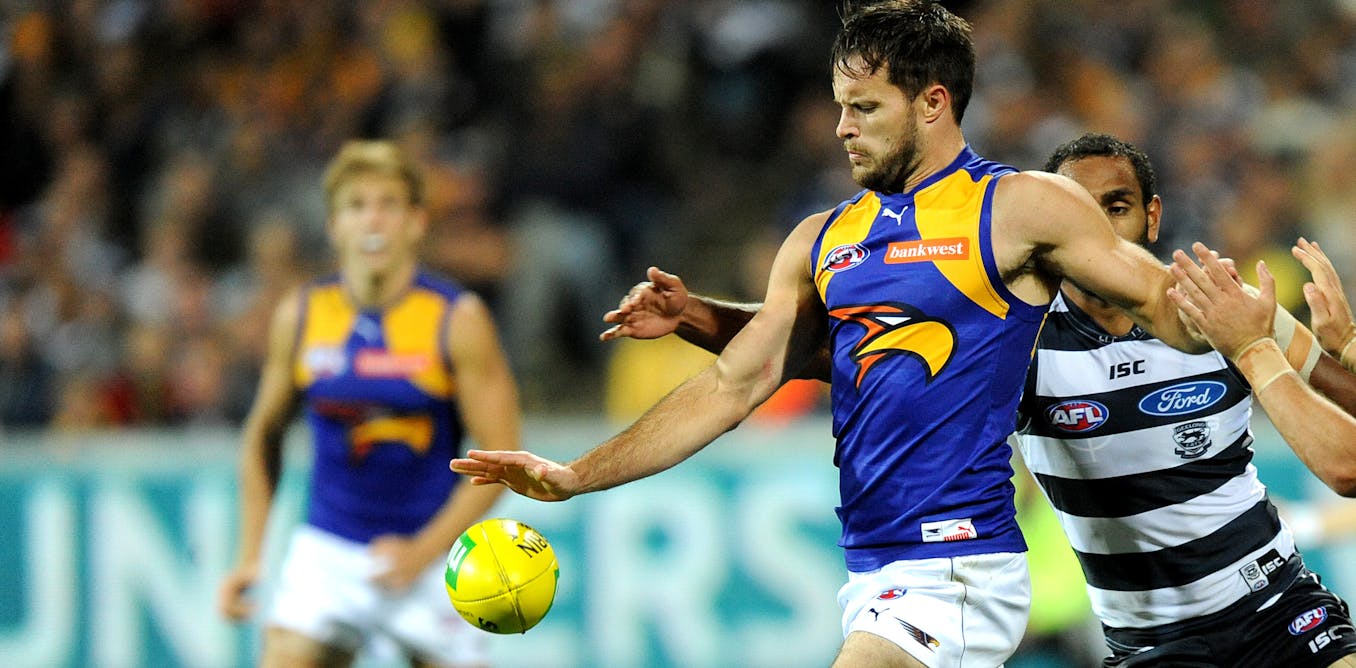The Australian Football League (AFL) faces renewed scrutiny following a series of homophobic incidents, with the latest being the sixth reported case in recent weeks. This comes in the wake of a league-wide initiative aimed at addressing and reducing homophobic language within the sport. In a pivotal moment, former West Coast player Mitch Brown has publicly identified as bisexual, marking a significant step forward for LGBTQIA+ representation in one of Australia’s most prominent sporting codes.
Brown’s announcement serves as a landmark moment for gay and bisexual men in the AFL, a league historically slow to embrace inclusivity. The timing of his revelation is crucial, as it highlights the ongoing struggles surrounding homophobia in men’s sports, particularly in a culture that has been resistant to change. Despite increasing global support for LGBTQIA+ rights, the sporting world often lags behind societal advancements, as evidenced by the recent incidents involving players like Izak Rankine, which underline the challenges still faced by athletes.
In recent years, Australian sports have seen a gradual increase in male athletes coming out publicly, with figures such as Josh Cavallo from Adelaide United and Issac Humphries from the Adelaide 36ers leading the way. However, the AFL remains one of the final bastions in which male players have felt the need to remain silent about their sexual orientation. Many factors contribute to this reluctance, including prevalent attitudes within the sporting culture that often perpetuate homophobic sentiments.
The environment in which athletes operate can be particularly toxic. Cavallo himself has publicly shared the severe backlash he faced after coming out, including receiving “multiple death threats” daily. He noted, “In the world of football, being an openly gay player is a very toxic place.” Such experiences indicate that homophobia not only affects those who identify as LGBTQIA+ but also impacts heterosexual players, as derogatory language often aimed at gay individuals is used as an insult, further entrenching a culture of fear and exclusion.
Research indicates that homophobia creates a climate in which individuals feel pressured to conform to traditional notions of masculinity. A study I conducted revealed that 75% of LGBTQIA+ individuals and 50% of heterosexual individuals had either witnessed or experienced homophobia in sports. The report, titled *Free to Exist*, highlighted a decline in overall discrimination in sports for LGBTQIA+ youth aged 16–25, from 80% in 2015 to 53% in 2024. However, the situation for young gay men in particular remains stagnant, with 76% reporting exposure to homophobic language.
Brown’s candidness about his experiences sheds light on the pervasive attitudes that continue to marginalize bisexual and gay athletes. Locker-room discussions that reflect reluctance to share space with openly gay players reinforce the stigma that discourages many from coming out. Bisexual individuals, who constitute the largest segment of the LGBTQIA+ community, are often the least represented in discussions about inclusion. Many bisexual athletes report feeling invalidated, particularly when their relationships with partners of different genders are dismissed.
The lack of openly gay and bisexual role models in men’s sports, especially in the AFL, is striking. Young LGBTQIA+ individuals express the need for visibility and representation. According to the *Free to Exist* report, they respond positively to public figures like Sam Kerr and various AFLW players who openly embrace their identities. Such visibility normalizes LGBTQIA+ relationships and affirms the identities of young people who may feel isolated or unwelcome in their sporting environments.
While the AFL has made strides towards inclusivity in recent years, it is clear that more work remains to be done. Brown’s announcement provides an opportunity for the league to reassess its policies and practices regarding the inclusion of gay and bisexual men. The hope is that this historic moment catalyzes a broader conversation within the AFL and similar sporting codes, moving beyond discussions of when a male player will come out, toward fostering a genuinely inclusive environment.
The backdrop of this announcement—the sixth incident of homophobia within a short time frame—underscores the urgency for change. Brown’s bravery may not only influence the culture within the AFL but also inspire countless others grappling with their identities. As the sporting world evolves, the call for safe and supportive spaces for all athletes, regardless of their sexual orientation, has never been more critical.





























































